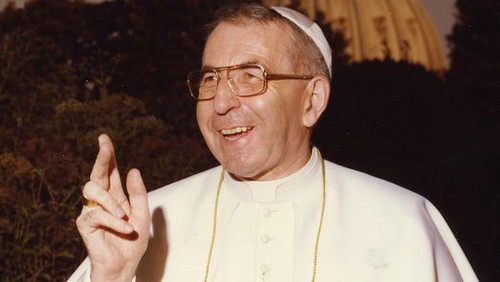The Jay Report into the Rotherham child sexual exploitation scandal is published
The Rotherham child sexual exploitation scandal was a highly disturbing and significant case of organized child sexual abuse that occurred in the town of Rotherham, South Yorkshire, England. The scandal came to light in the late 2000s and early 2010s. It involved the widespread abuse and exploitation of young girls, primarily from disadvantaged backgrounds, by groups of men, mostly of Pakistani heritage.
The abuse in Rotherham is believed to have been occurring over a long period, with reports suggesting that authorities were aware of the issue as far back as the 1990s. However, it wasn’t until the early 2010s that the extent of the abuse and the failures of local authorities to address it became widely known.
Several factors contributed to the scandal’s magnitude and the lack of effective action:
Failure of Authorities: There were allegations that local authorities, including the police and social services, failed to adequately respond to reports of abuse. This was attributed to various reasons, including a lack of understanding about the nature of the abuse, concerns about being labeled as racist, and a failure to properly investigate and protect the victims.
Systemic Issues: The abuse was carried out by organized groups of men who groomed, manipulated, and sexually exploited vulnerable girls. The systemic nature of the abuse and the widespread involvement of various perpetrators made it challenging to address effectively.
Victim Vulnerability: The victims were often from vulnerable backgrounds, including those in care or with troubled family situations. This made them more susceptible to manipulation and coercion by the perpetrators.
Community Tensions: There were concerns about potential community tensions and fears of being labeled as racist, which may have influenced the willingness of authorities to take action against the perpetrators.
The scandal led to public outrage, investigations, and legal proceedings. In 2014, a report known as the “Jay Report” was published, which detailed the extent of the abuse and the shortcomings of the local authorities in addressing it. It revealed that an estimated 1,400 children had been subjected to exploitation between 1997 and 2013.


